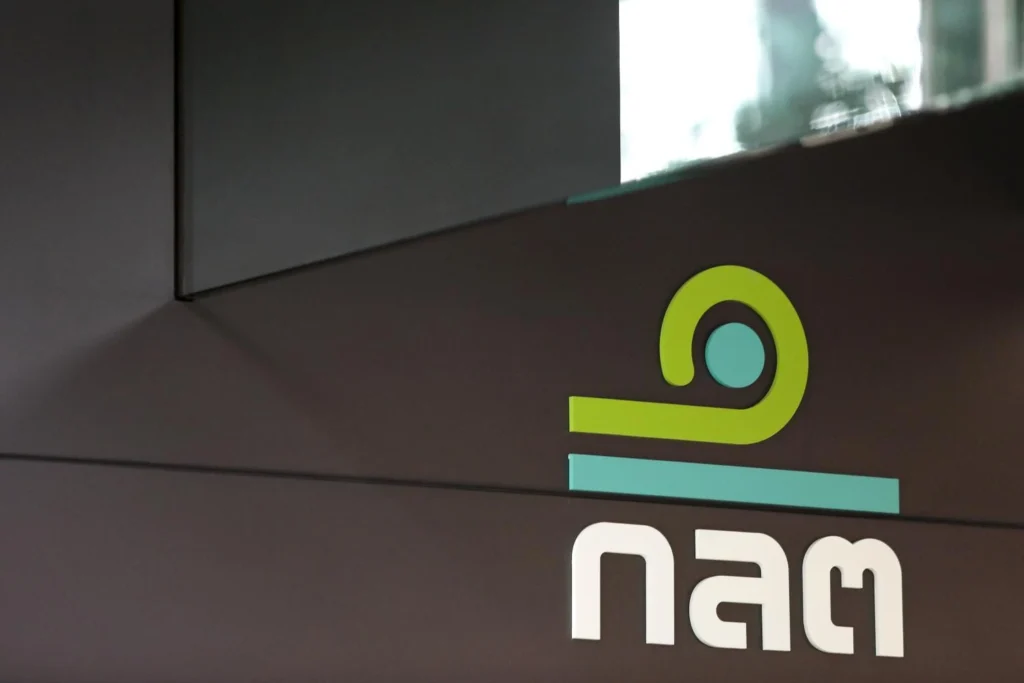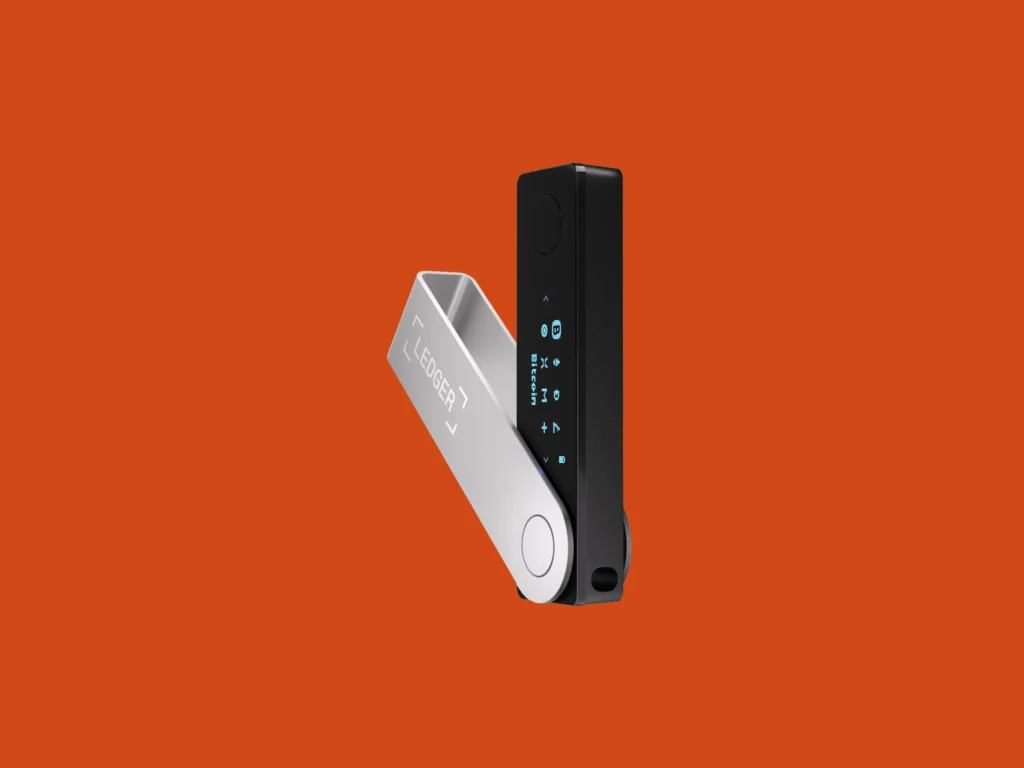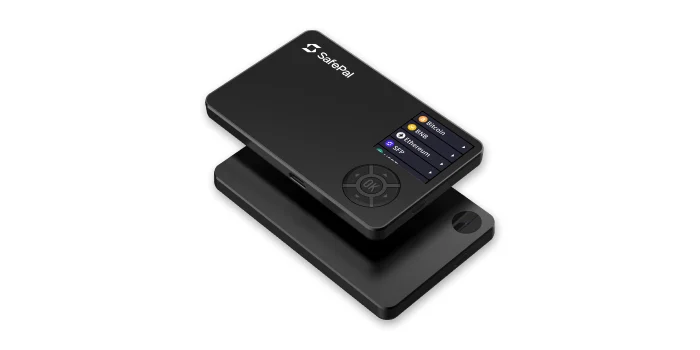Crypto Cold Wallet Thailand: The 2025 Guide to Keeping Your Coins Safe
Why Thai Investors Are Finally Moving to Cold Wallets
Let’s face it—crypto’s grown up in Thailand. What started as a speculative bet for early tech adopters has turned into something way bigger. Now, with more Thai investors holding significant value in digital assets—be it Bitcoin, ETH, stablecoins, or even NFTs—the way we store crypto is finally under the spotlight. And that’s where the crypto cold wallet Thailand trend comes in.
Not long ago, most people were happy leaving their funds on exchanges like Bitkub, Satang Pro, or Binance. Quick trades, fast cashouts—it made sense. But in 2025? That blind trust isn’t flying anymore. High-profile exchange freezes, random downtime, and more advanced scams have changed the mood. These days, even casual Thai traders are asking: should I go offline?
And honestly? Maybe you should.
What Is a Cold Wallet Anyway?
If you’re new to the space or just never dug into the tech side, don’t worry. A cold wallet is simply a way of storing your crypto offline. That means it isn’t connected to the internet, so it’s a lot harder—nearly impossible—for hackers to access.
There are two main types:
- Hardware wallets – physical devices like USB sticks or mini tablets
- Paper or steel backups – where you manually write down or etch your recovery phrase (yes, really)
Hardware wallets are what most Thai users are leaning toward in 2025. They’re safer than hot wallets (like MetaMask or Trust Wallet) and more flexible than scribbling down passwords on random receipts. Plus, most come with apps that let you track your portfolio and even swap tokens—without compromising your keys.
Crypto Cold Wallet Thailand: 3 Reasons It’s Trending in 2025
So what’s driving this shift in Thailand specifically? A few things:
1. Exchange fatigue
Many Thai crypto users got burned in 2023–2024 by frozen withdrawals, KYC problems, or asset delistings. It’s not always the exchange’s fault—but it is your risk.
2. Regulatory pressure
The Thai SEC has been tightening rules, and while that’s good for transparency, it’s also slowed down user access. More people are realizing that self-custody means freedom.

3. Real money at stake
With crypto bouncing back and more people earning from NFTs, DeFi, or yield farming, there’s simply more value to protect. And once your stack hits six figures (in baht or otherwise), a ฿3,000–฿6,000 wallet feels like cheap insurance.
Crypto Cold Wallet Thailand: Top Cold Wallets Thai Investors Are Choosing in 2025
To figure out what’s actually popular in Thailand this year, we pulled insights from three trusted sources:
Here’s a roundup of the wallets they consistently recommend—along with some extra context from the local scene.
1. Ledger Nano X – Still a Crowd Favorite
Ledger continues to dominate cold wallet sales, and in Thailand, the Nano X is easily one of the most used models. It’s sleek, supports over 5,500 tokens, and connects to phones via Bluetooth (if you’re okay with that).
The companion app, Ledger Live, is user-friendly—great for beginners—but there’s been some online pushback on Ledger’s optional seed backup service. Still, most Thai users trust it enough to hold Bitcoin, stablecoins, and NFTs.
- Price: ฿4,000–฿5,500
- Good for: People who want app-level convenience with offline-level safety
- Watch out: Only buy from verified sellers—counterfeits exist

2. Trezor Model T – Open-Source & Trustworthy
Trezor might not have the hype of Ledger, but it wins serious points for transparency. The Model T is open-source, which means anyone can audit the code. That’s huge for security purists.
Thai users who go for Trezor often mention how “offline” it truly feels. No Bluetooth, no weird firmware, just plug in and confirm on-screen. It’s not the cheapest wallet, and the touchscreen feels a little dated—but it gets the job done.
- Price: ฿6,500–฿7,000
- Best for: Long-term HODLers, crypto OGs, people who hate automatic updates
- Bonus: Works with multiple passphrases for stealth wallets

3. SafePal S1 – Cheap, But Surprisingly Secure
SafePal was kind of a dark horse when it launched—but in Thailand, it’s gained real traction, especially among younger users and students. The S1 wallet doesn’t have USB, Wi-Fi, or Bluetooth. Everything runs through QR codes, which sounds clunky—but adds a layer of safety.
Some call it the “poor man’s cold wallet,” but that’s not fair. It supports dozens of networks, integrates with DeFi apps, and costs way less than its competitors.
- Price: ฿2,000–฿2,800
- Good for: First-timers, low-budget traders, or anyone who wants a no-frills offline option
- Downside: Slower transaction flow than Ledger or Trezor

4. Ellipal Titan – Cold Wallet Built Like a Tank
This one’s not for everyone—but if you’re serious about security, the Ellipal Titan is hard to beat. It’s completely air-gapped (no connections at all), built with a metal body, and feels like something out of a spy movie.
It’s heavier, yes. It’s more expensive, yes. But Thai users with larger holdings or NFT collections seem to love the peace of mind. One local trader called it his “crypto vault.”
- Price: ฿6,000–฿7,000
- Best for: High net worth holders or NFT collectors
- Fun fact: Works with dApps through QR-code signing

How to Buy a Cold Wallet in Thailand Without Getting Scammed
Let’s be blunt: scams don’t stop at exchanges. Buying hardware wallets from unofficial sellers (especially on social platforms) opens the door to tampered devices or fake firmware.
Your safest bet?
- Order direct from the brand’s site or verified Thai distributors
- Double-check seals and packaging
- Do initial setup yourself—never accept a pre-configured wallet
- Use My-Best Thailand or other local reviews to cross-verify links
Also—consider grabbing a metal seed backup while you’re at it. A fireproof plate that holds your recovery phrase might feel over-the-top, but hey… stranger things have happened.
Who Actually Needs a Cold Wallet in Thailand?
This one’s tricky. Cold wallets are great—but not for everyone.
If you’re actively trading, yield farming daily, or testing new DeFi protocols every week? A hot wallet might be more efficient. But if your crypto is mostly sitting still—especially if it’s worth more than ฿20,000–฿50,000? Cold storage starts to make sense fast.
It’s not just about being paranoid—it’s about owning your keys, plain and simple. And for more Thai crypto users in 2025, that’s becoming non-negotiable.
Final Thoughts: Crypto Cold Wallet Thailand Users Can Trust in 2025
In the end, going cold doesn’t mean cutting off access—it just means tightening control. Whether you pick Ledger, Trezor, SafePal, or Ellipal, the real goal is the same: protecting your assets before something goes wrong.
And in Thailand, where the crypto scene is growing fast but still faces regulatory uncertainty, that control matters more than ever. A crypto cold wallet Thailand users can rely on isn’t just another gadget—it’s peace of mind in your pocket.
So don’t wait for the next scare headline or exchange freeze. Make the move while it’s still your choice.




